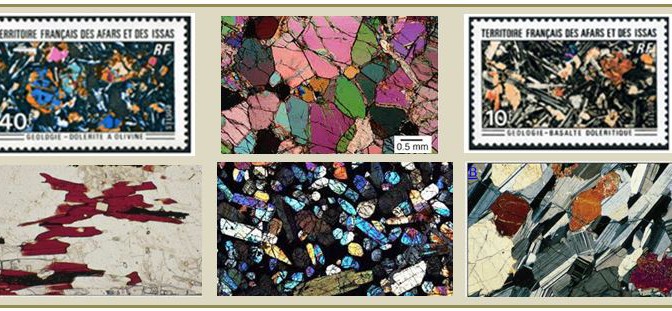People come in all sizes and so do collectible rocks and minerals. There are collectors who prefer garden rocks, as big as they can carry (or even bigger). These people will do this until their yards or patios are completely covered by rocks. And then they start building piles. You know who you are! There are folks who like cabinet specimens of several inches. You need space to display these also and typically quality cabinet specimen can deplete the wallet all too quickly.
Me, I prefer mineral specimens that are called miniatures, no longer than 2” in their longest dimension. A few dozen can fit on a display shelf or in a drawer. Of course there are thumbnail collectors who specialize in specimens that can fit into a one inch cube. They even have neat little special boxes, called Perky boxes named after the collector/dealer that popularized the theme. And then there are the micromounters. These collectors can purchase much of their material less expensively and the number of available minerals seems endless, but then they require binocular microscopes and perhaps close-up camera lens to best view their prized possession.
But what about collecting minerals on thin section. Is there a place for that? OK, first off what is a thin section? According to the bible of the internet, Wikipedia tells us that a thin section is a “laboratory preparation of a rock, mineral, soil, bone, or even metal for use with a polarizing microscope”. Fine, but what is it? Let me try: a thin section is a tiny sliver of rock, typically mounted/glued onto a microscope slide that permits light to pass through all the transparent mineral phases. As it turns out if you mount a polished rock surface onto a glass microscope slide and grind/polish the surface down to 30 microns in thickness (that’s about 1/800th of an inch for the metrically challenged) then many minerals will display characteristic colors and properties upon the transmission of polarized light. In this way minerals can be identified under the microscope. Further-more their textures and how they are intergrown with each other can be used to interpret how the minerals grew and how a rock might have formed.
